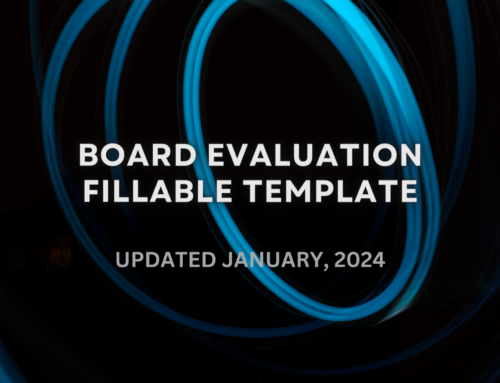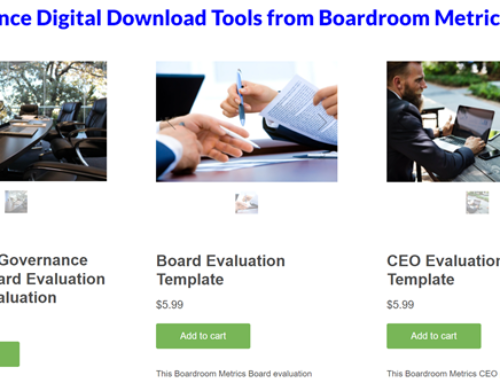 You’ll work hard, feel frustrated and ask this question repeatedly: Whose idea was it to grab a seat on my favorite charity’s board of directors? You’ll understand why you joined, perhaps when you least expected it, on the day that you marvel at the difference a likeminded group of people can make to the survival of a non-profit. Of course, you can’t serve and make that difference if you don’t sign on in the first place.
You’ll work hard, feel frustrated and ask this question repeatedly: Whose idea was it to grab a seat on my favorite charity’s board of directors? You’ll understand why you joined, perhaps when you least expected it, on the day that you marvel at the difference a likeminded group of people can make to the survival of a non-profit. Of course, you can’t serve and make that difference if you don’t sign on in the first place.
More often than not, you arrive on a board through word of mouth. However, with the increasing demand of board members with a background in financial literacy and governance principals, charities and NFP associations are turning to professional search firms and professional organizations for postings.
In this blog, I will show you where to look for board opportunities. Before knowing where to look, you should have a basic idea of the type of organization that you want to become involved with. Remember, serving on a board is a dedication of time, talents and, usually, a donation of dollars.
Basic Items to Share in a Search
Matching services will often conduct confidential searches for opportunities using keywords based on your sector experience, and past board or committee. You can greatly improve how you are considered for board opportunities by having a profile in the matching service which highlights your experience.
A typical matching service should feature tools for creating a personal presentation for any potential organization. They should include:
- Resume Builder – Easily post your online resume by uploading your resume from Microsoft Word or other desktop applications.
- Searchable Portfolio – Increase your exposure to organizations by uploading up to 5 career-related documents, such as work samples, cover letters or certification letters.
- Simplified Opportunity Searching – Opportunity filtering options, ways to be notified of new opportunities, and simplified opportunity review tools make it easier than ever for you to find the right director opportunities.
- Mobile Access – Access your account and apply to opportunities on the go.
To ensure that the database continues to be a robust, you should check the system at least once a month. If there are any changes, upload them in the system.
Building Your Brand
Here are a few points to keep in mind when creating your profile.
Create an Executive Bio. Think about your skills and decision making abilities which make your brand unique. If your focus is for non-profit boards, think in terms of what value you can add to a non-profit organization. Consider skills used previously with a committee that you volunteered for.
Expand on your governance roles. Write a few lines about each of the organizations you have been a member of. Below each organization, list your board and committee position and elaborate on your responsibilities and accomplishments. Explain how your skills and expertise enhanced the decision making ability of the board. Follow this up with your executive work history.
Where to Look
Here are places to look for opportunities:
According to the Boardsource Nonprofit Governance Survey for 2011, you will probably have to commit to 5-7 meetings a year that last about 2-3 hours each and require a 3 year commitment. Be sure you understand your personal commitment before accepting the role. Your personal reward is often times more than just a good feeling.

[/fusion_builder_column][/fusion_builder_row][/fusion_builder_container]








Leave A Comment